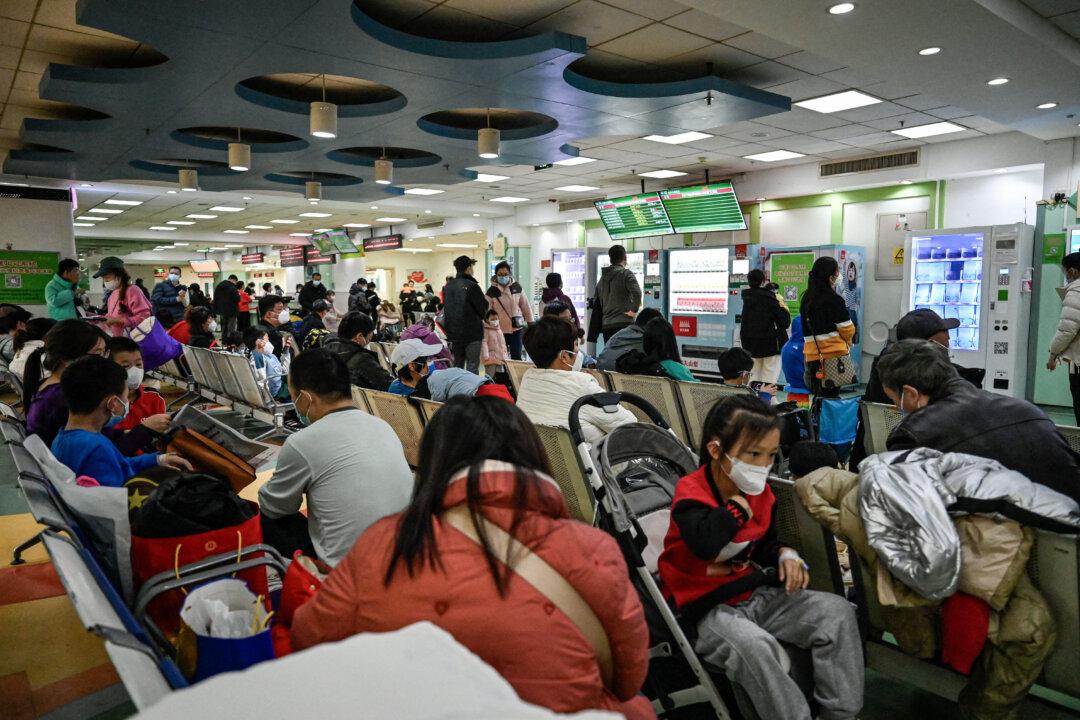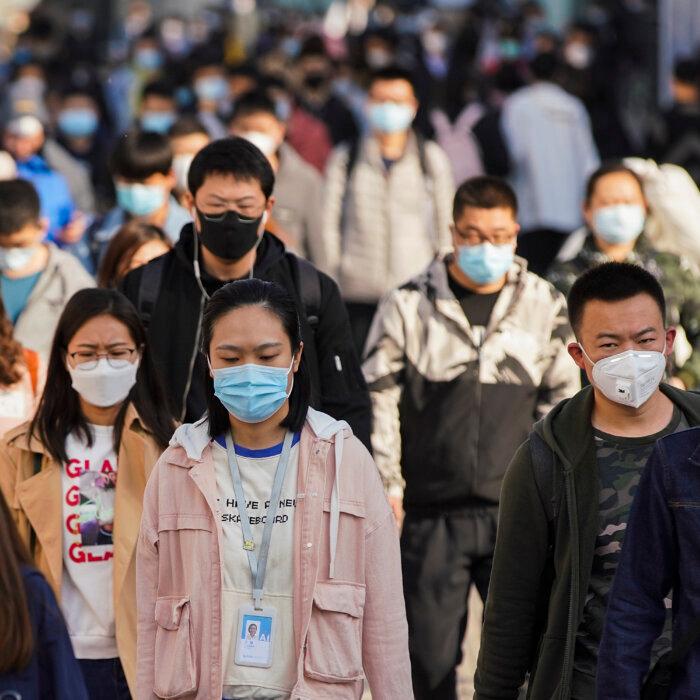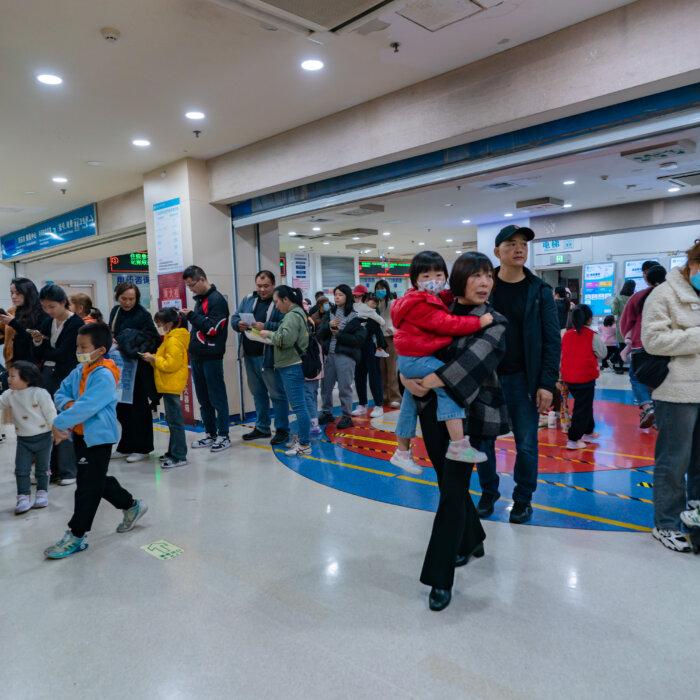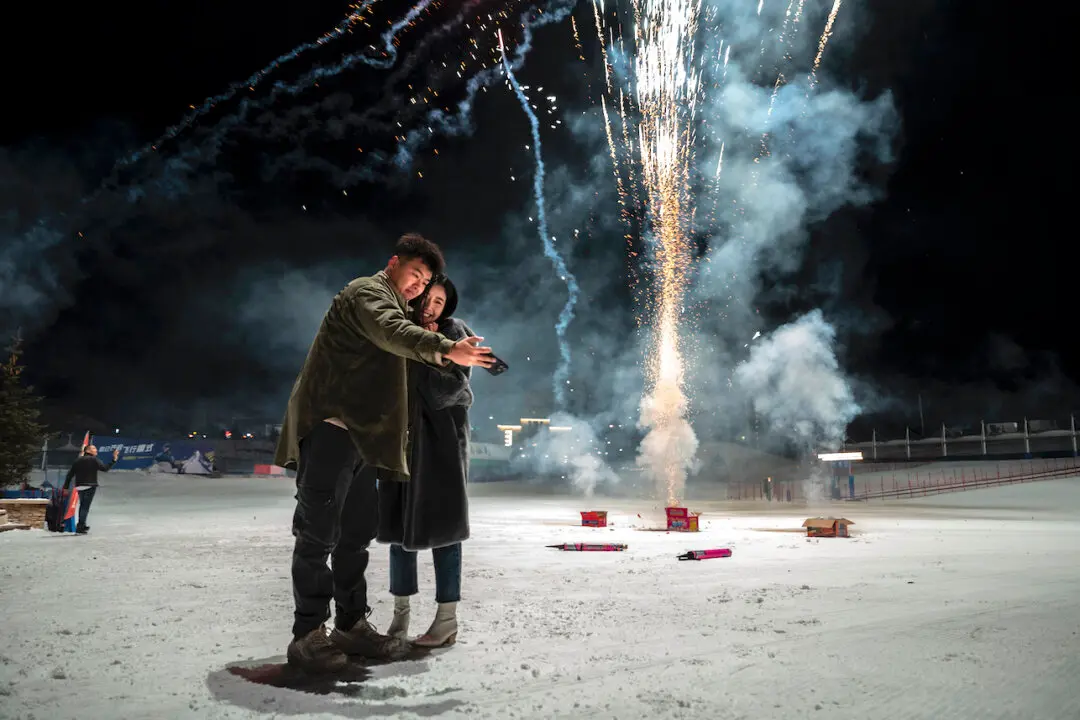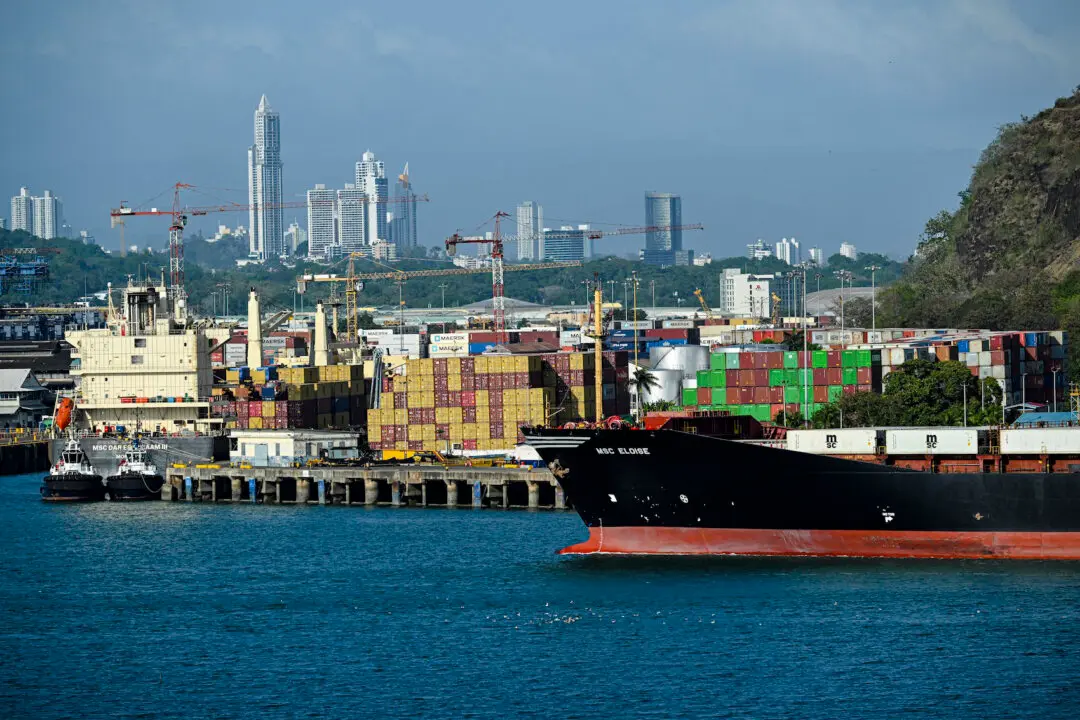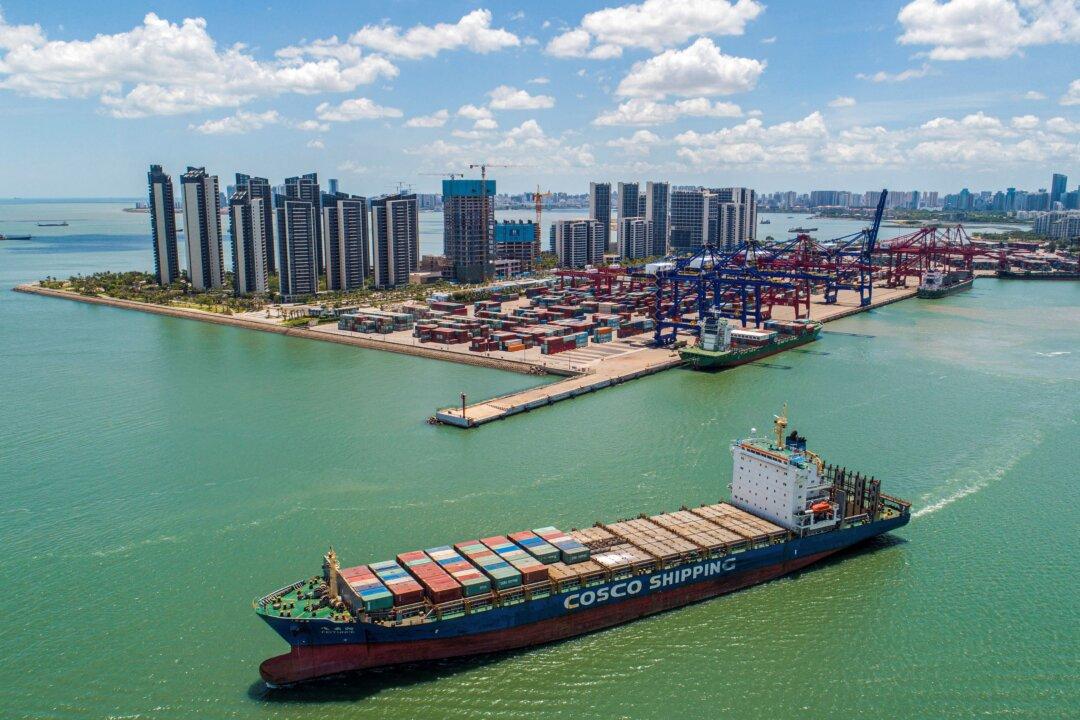Health officials in Beijing have acknowledged that the COVID-19 epidemic is rising again following the Feb. 9–17 Chinese New Year holiday, as residents of Beijing and East China have reported spikes in infections and deaths during the holiday week.
The Beijing Center for Disease Control and Prevention (CDC) announced on Feb. 22 that respiratory infectious diseases in Beijing are currently caused by both influenza and COVID-19. Influenza has shown a slight downward trend recently, while COVID-19 continues to rise.
On Feb. 1, before the Chinese New Year, the COVID-19 positivity rate reported by the Beijing CDC was at 6.4 percent; it began rising before reaching 21.1 percent over the past week. The JN.1 variant is the main circulating strain causing infections.
“The outbreak is coming,” Chinese netizens posted on social media.
Beijing CDC’s notice also warned that after the holidays, people would return to Beijing to return to work, and primary and secondary schools would reopen. The dense population would increase the risk of transmission.
The ruling Chinese Communist Party (CCP) has been concealing data about the true scale of COVID-19 in China since the pandemic started in Wuhan, Hubei Province, in late 2019. Outside of China, experts have expressed skepticism of the implausibly low COVID-19 numbers cited by the CCP.
The Washington Post in 2022 quoted a netizen on a Chinese social media site saying: “How come people only die in Beijing? What about the rest of the country?” The report noted models that had predicted “a wave of infections could kill more than 1 million,” while CCP health authorities were reporting only a handful of deaths, all in Beijing.
Beijing residents who spoke with the Chinese edition of The Epoch Times said that many people around them had died during the Chinese New Year. COVID-19 hasn’t disappeared in China; it has been spreading, they said.
Mr. Wang, a Beijing resident, told The Epoch Times after the Chinese New Year that the outbreak has become more severe. He said he was told by a friend who is a medical worker that front-line nurses and doctors “are not told about the real information at all [by authorities], they are kept in the dark, too.”
Since the CCP suddenly abandoned all COVID-19 control measures in December 2022, leading to massive infections in China, hospitals no longer conduct COVID-19 tests. The authorities attributed the continuing infections to “influenza” and “mycoplasma pneumonia.”
Mr. Wang said he believes that “this outbreak must be related to COVID-19, but the hospitals follow the orders from authorities and don’t tell patients that they have been infected with COVID-19.”
He said many people in his workplace had fevers for a week and were diagnosed with influenza A or B at the hospital, but they took medicine specifically to treat COVID-19. After a week, their fevers were gone, and they developed a sore throat, which he said is a typical symptom after having been infected with COVID-19.
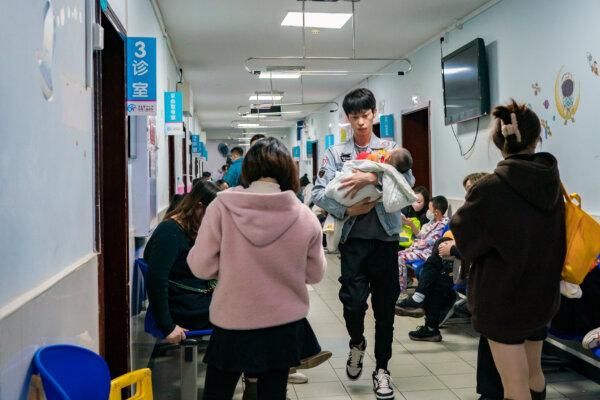
Mr. Wang also said that one of his friends, who was younger than 50 years old, developed the white lung syndrome that is typically seen in severe COVID-19 cases and died during the Chinese New Year.
Wenzhou City: Emergency Room Overcrowded
In Wenzhou, a port and an important commercial city in Zhejiang province in East China, it’s reported that the outbreak spiked, with hospitals overflowing during the Chinese New Year.According to a report by Wenzhou Metropolis Daily on Feb. 17, data from the emergency departments of four hospitals in the city show that during the eight-day holiday about 30,000 people sought medical treatment, and a large number of patients suffered from respiratory infections.
The four hospitals are the First Affiliated Hospital of Wenzhou Medical University, the Central Hospital, the Municipal People’s Hospital, and the Municipal Hospital of Integrated Traditional Chinese and Western Medicine.
The First Affiliated Hospital of Wenzhou Medical University hospital’s emergency room saw more than 10,000 patients, with respiratory diseases accounting for about 40 percent of them. The number of people visiting the emergency and outpatient departments reached three times the usual number of patients, and patients were waiting in line at the emergency and outpatient departments 24 hours a day.
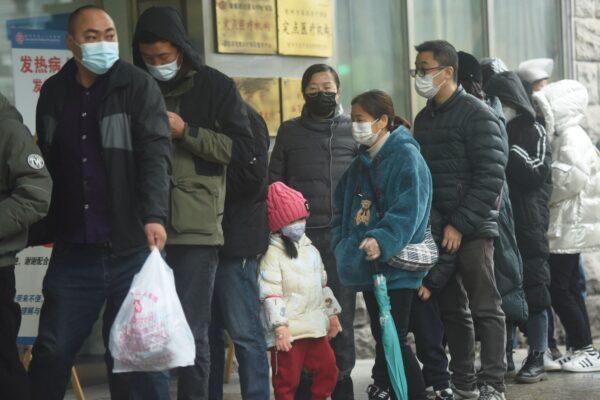
Dr. Zhao Guangju, deputy director of the emergency department of the hospital, said that the number of patients admitted to the emergency room reached the maximum number of patients that the emergency area could handle.
“All the spaces that can accommodate extra beds have been used,” he said, adding that the majority of critically ill patients in the emergency room were respiratory patients.
Some of them had been transferred from lower-tier hospitals, Dr. Zhao told the media.
Jiangsu: Funeral Homes Full
The outbreak in the adjacent Jiangsu Province also quickly worsened.According to residents in Yancheng City in Jiangsu Province, the number of deaths has increased significantly, the number of funerals has doubled, and the funeral parlors are full.
Mr. Li, a resident of Yancheng, Jiangsu Province, told The Epoch Times that many people have had fevers recently, and he was also infected. He continued to cough, and his voice was hoarse.
“I know that many people have died recently. The funeral homes are full, and there is no place to put [the bodies],” he said.
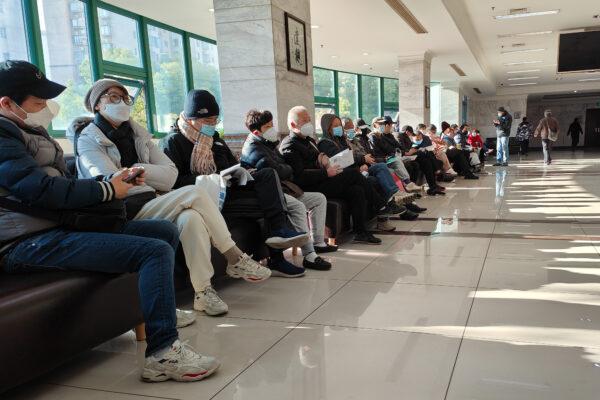
Mr. Li said his friend’s mother died during the holiday, but they couldn’t send her body to the funeral parlor that had been arranged originally.
“I was going to pay my respects, but he said that the funeral parlor was full, and her body was sent to a funeral parlor very far away. When I went to pay my respects, I saw a lot of people attending funerals,” he said.
Mr. Chen, another resident of Yancheng, told The Epoch Times: “There are quite a lot of people infected with the virus, both adults and children, and they may have contracted COVID-19 again. The symptoms are like a cold. My family, my wife, and I all have symptoms, and we think it’s an infection by a mutated virus.
“My father often hosts funerals for people in rural areas. He told me that there were more funerals than before, and his workload this winter is twice as much as before.”
Wang He, who works in education in Xuzhou City in Jiangsu Province, told The Epoch Times that schools usually start on the fifth and sixth day of the Lunar New Year. This year, the province issued an order to ban schools from reopening before Feb. 20.
